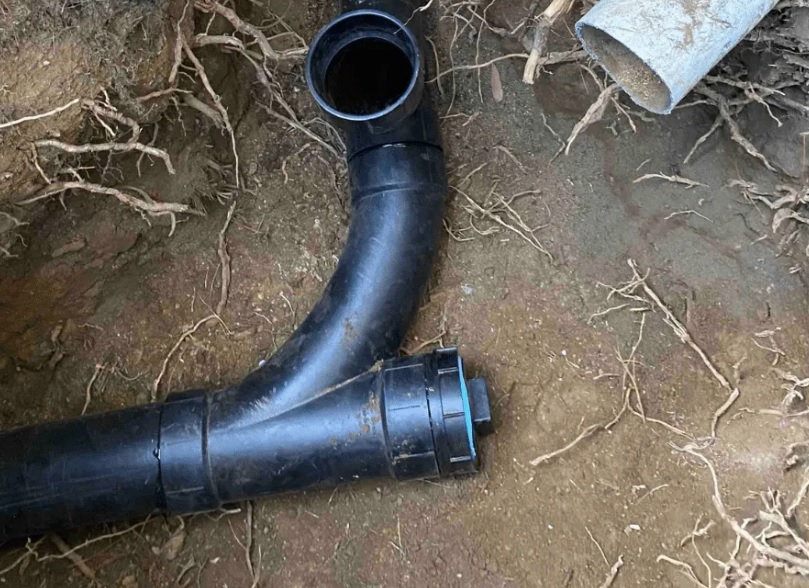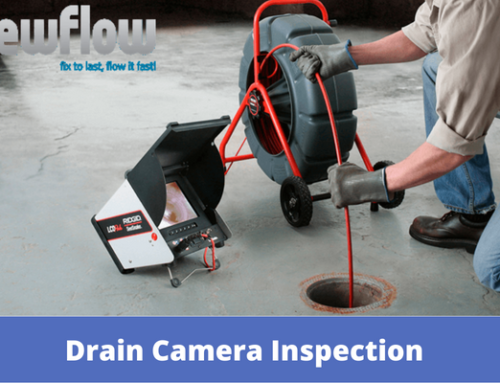Maintenance Tips for Your Sewer Pipes
Nobody likes a sewer backup or overflow. They’re disgusting, harmful, and perhaps expensive. Despite these grave dangers, homeowners frequently disregard sewer line maintenance. We are not pointing fingers; we understand. It’s all too easy to overlook your sewer line. It is frequently a victim of the “out of sight, out of mind” mindset.
Unfortunately, sewage failure is not only unpleasant, but it can have major consequences for your family’s health and fitness. Fortunately, preventing the scourge of a mushy yard and wastewater overflow is simpler than you would think. The key is to understand what causes sewer backups and how to avoid them.
Invest In Professional Drain Cleaning On A Regular Basis
One of the most prevalent reasons for sewer system clogs is grease and oil buildup. This isn’t just restricted to food waste. Even soap scum buildup can choke sewer systems over time. Regular drain cleaning for your property and sewage lines might help you avoid this issue.
By investing a little time on a regular basis clearing off buildup, you can avoid costly repairs caused by ruptures. You can also avoid grease buildup altogether if you never dump hot cooking grease down the drain. When the grease cools, it freezes and becomes sludge, which collects other substances and clogs the drain.
Before You Start Landscaping, Do Some Homework
Tree roots frequently cause damage to sewer systems by breaking through the subsurface pipes and obstructing sewage flow. Tree roots will naturally seek out the nearest water source. Many people’s nearest water source is wastewater from a sewer line. They probe the pipe, breach it, and create a balled line blockage.
Plant nothing close to a recognized sewer pipe. Choose kinds with short roots if you want to plant trees or shrubs in your yard. Amur maples, trident maples, crape myrtles, and other trees with tiny root systems. Preventative maintenance is one thing, but if you discover indicators of a root blockage, don’t panic just yet. A professional plumber or tree-trimming expert can trim the roots without causing further damage. Slow-flowing drains, blockages, and fluctuations in water pressure are all indicators of an existing breach.
Take Care Of Your Cleanouts
Cleanouts provide you with immediate access to your sewer line. They’re usually found in the yard directly outside our house. They appear to be white plastic-capped pipes protruding a few inches from the ground. Cleanouts provide you with direct access to your sewer line, which means you have easy access to potentially harmful sewer gas odors.
Simple maintenance can keep your cleanouts clean and odor-free. Check your cleanouts every few months to ensure they are filled with water. You should also ensure that the caps are tightly and securely fastened. If you notice a scent, unscrew the caps and pour a small amount of bleach inside to help.
Do You Require A Plumber In Your Area?
If your home’s plumbing — sewer or otherwise – needs assistance, contact New Flow Plumbing. We’ll address all your plumbing needs at home. Our skilled professionals have the knowledge and experience to maintain your pipes clean, clear, and operational.





